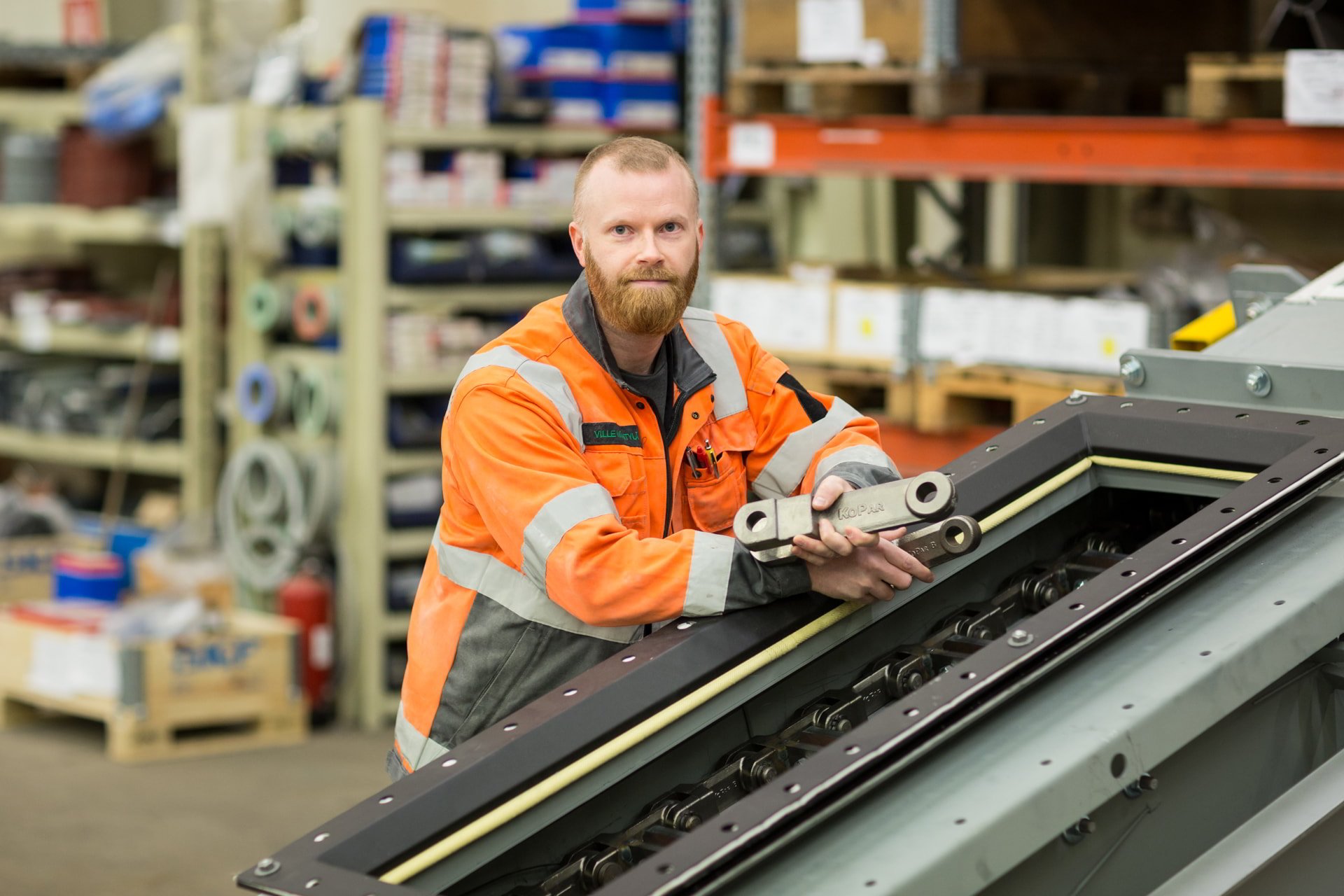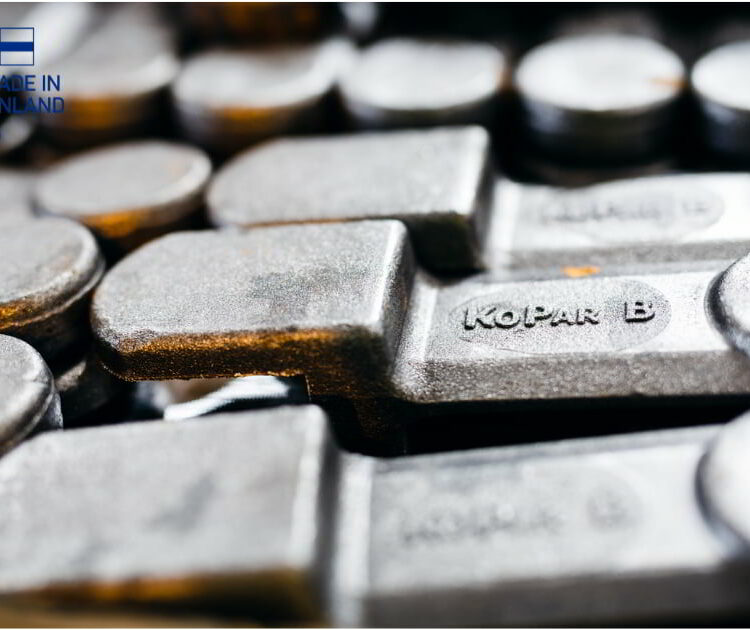Understanding Conveyor Chain Manufacturing Techniques
Conveyor chains are pivotal components in industrial material handling, serving as the backbone for transporting goods across various sectors. The manufacturing techniques of these chains significantly influence their performance and suitability for different environments. Two primary methods exist for creating these chains: forging and welding. Each technique has distinct characteristics that cater to specific operational needs.
Forged chains are crafted through a process of heating and hammering metal until it reaches the desired shape and strength. This method produces chains with a uniform grain structure, providing exceptional tensile strength and resistance to impact. Welded chains, on the other hand, are formed by joining metal links together through welding. This approach allows for flexibility in design and can be more cost-effective, but the heat-affected zones from welding may affect the overall strength of the chain.
Material Selection and Its Impact on Performance
Material choice is a critical factor in the performance of conveyor chains. At Kopar, we understand that the right material not only meets the demands of your process but also optimizes operational costs. Case hardened manganese steel is a popular choice due to its cost-effectiveness. However, a comprehensive analysis of total cost of ownership often reveals that alternative materials, such as boron steel, offer significant advantages.
Boron steel chains, while initially more expensive, provide a much longer service life, which translates into considerable savings in both financial and time resources. For specialized applications, we also offer chains made from stainless steel for chemical resistance and heat-resistant steel for high-temperature operations. These material choices are tailored to ensure optimal performance and cost efficiency for our clients.
Customization: Tailoring Chains to Specific Needs
Every material handling application is unique, necessitating conveyor chains that are specifically designed for the task at hand. Customization is not just about fitting a chain to a conveyor; it's about ensuring that every aspect of the chain, from the type of link to the placement of flights, is optimized for the material being transported. This level of customization is what sets Kopar chains apart, providing our clients with solutions that enhance their operational efficiency.
To provide the most effective solution, we gather detailed information about the existing chain type, conveyor width, and flight characteristics. This data-driven approach ensures that the chains we assemble are not only of the highest quality but also perfectly aligned with the requirements of the application, thereby minimizing the risk of unplanned downtime and maintenance.
Quality Assurance and Continuous Improvement
Quality is not just a buzzword for us; it's a commitment to excellence that is evident in every chain we produce. Our chains undergo a rigorous quality assurance process before they are shipped to facilities worldwide. This ensures that our clients receive a product that meets the highest standards of Finnish quality and craftsmanship, as evidenced by the Key Flag symbol awarded to our products.
Continuous improvement is at the heart of our operations. We are constantly refining our designs to ensure that our conveyor chains are the most durable solutions on the market. This dedication to innovation keeps our clients' processes running smoothly and helps to keep operational expenses at a minimum.
Maintenance and Elongation Measurement
Proactive maintenance is crucial for the longevity of conveyor chains. Anticipating wear and taking timely action can prevent unexpected breakdowns and extend the service life of the chain. We have developed a practical tool that allows for easy and frequent measurement of chain elongation. By monitoring elongation and adhering to recommended thresholds, our clients can schedule maintenance and replacements before critical failures occur.
It is recommended to change the chains when elongation reaches 2.8%. At the same time, it is also advisable to replace the sprockets to ensure the conveyor operates at peak efficiency. This proactive approach to maintenance is key to maintaining uninterrupted operations and minimizing the risk of unplanned corrective maintenance.
Choosing Between Forged and Welded Chains
When selecting a conveyor chain, the decision between forged and welded options should be based on the specific requirements of the application. Forged chains are ideal for environments where high strength and impact resistance are paramount. Their robust construction makes them suitable for heavy-duty applications where durability is a key concern.
Welded chains offer a level of design flexibility that can be advantageous in certain situations. They are often more cost-effective and can be customized to fit a variety of applications. However, it is important to consider the potential impact of welding on the strength and fatigue resistance of the chain. A thorough evaluation of the operational environment and the stresses the chain will encounter is essential in making an informed choice.
Conclusion
In conclusion, the choice between forged and welded conveyor chains is not one to be taken lightly. It involves a careful consideration of the application's demands, the operational environment, and the total cost of ownership. At Kopar, we pride ourselves on providing tailor-made solutions that ensure optimal performance and cost efficiency. Whether you require the rugged durability of a forged chain or the customizable design of a welded chain, we are equipped to meet your needs with the highest quality products and services.
Understanding the key differences between these two types of chains is the first step in optimizing your material handling processes. With our expertise and commitment to continuous improvement, we are your trusted partner in selecting the right conveyor chain for your application. Contact us to discuss how we can help you achieve seamless and efficient material transport in your operations.

You have a challenge that needs solving?
Let us help! Contact us for more information about our products and services.
